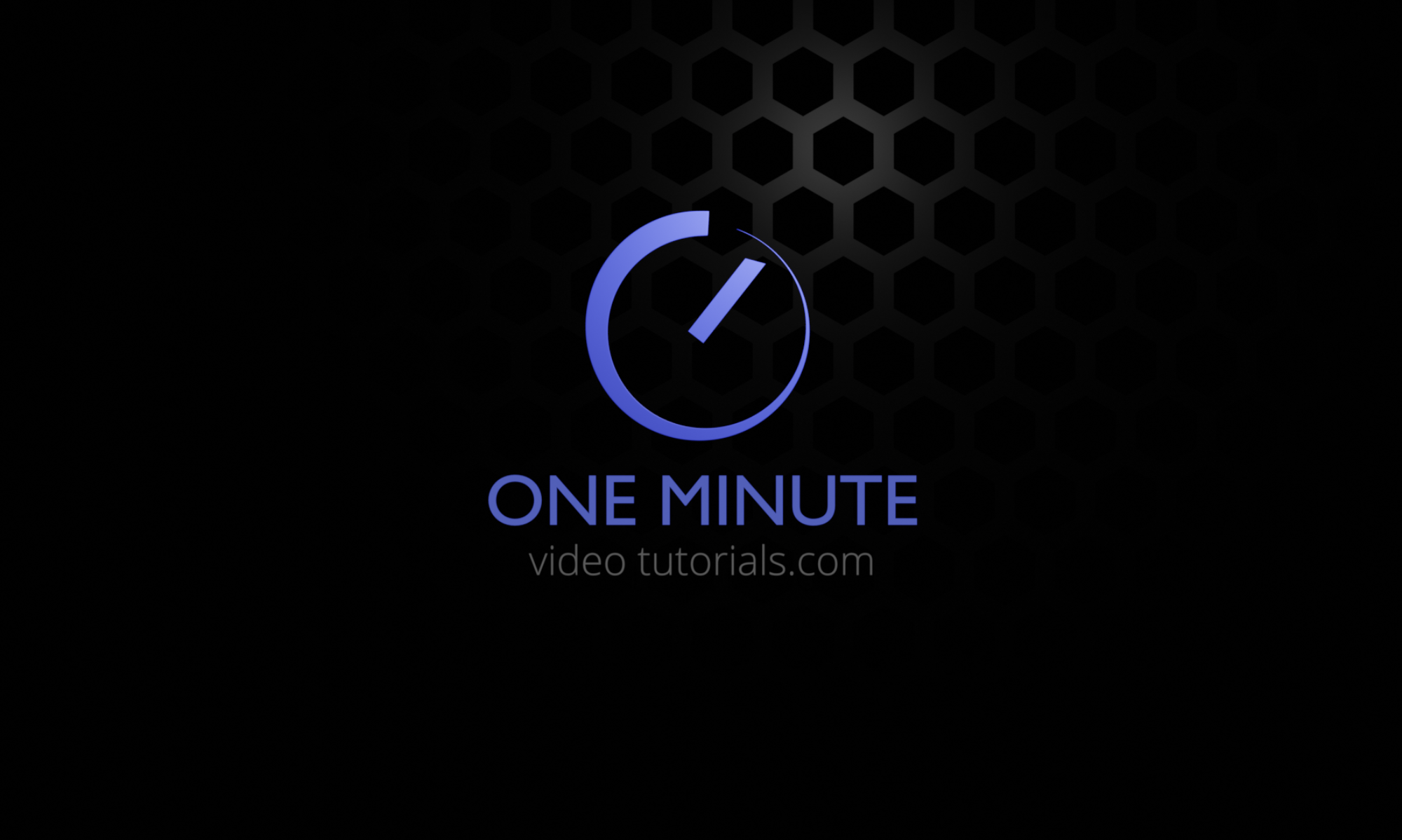In this quick tip we demonstrate an easy way of creating ngon faces that have holes in the center.
Written instructions:
Continue reading “Create ngon face with a hole in the center in Blender 3.0”
Because your time is valuable
In this quick tip we demonstrate an easy way of creating ngon faces that have holes in the center.
Written instructions:
Continue reading “Create ngon face with a hole in the center in Blender 3.0”Key tips for the spin tool:
-3d cursor location will be the center point of the spin
-3d viewport orientation matters
-select the spin direction from the top bar
-hold ctrl to snap to increments
In the buttons area (on the right side of the interface), select the “View layer properties” tab.

Under “cryptomatte” turn on “object”, “material” or “asset”. I like “asset” since it let’s me select entire rigs that consist of several parts.

Go to the “compositing” workspace.

Turn on “use nodes”.

Add a viewer node with shift+a –> output –> viewer.

Add the cryptomatte node from Matte –> Cryptomatte.

Connect the image output from the render layers node to the image input of the Cryptomatte node. Connect the “pick” output from the Cryptomatte node to the image input of the viewer node. Render the scene (keyboard shortcut F12).

You should now see different matte colors that identify different assets in your render layer. Use the + button to access the eyedropper tool and select as many assets as you need for the matte you are building.
To see the actual matte, you can plug the “matte” output from the Cryptomatte node to the viewer.

Now you have a matte that you can use in various way when you are compositing. As a simple example, you could color correct the matted area by combining two copies of the input image with the “AlphaOver” node while using the matte as the factor. Then simply drop a color correction node like RGB curves between the bottom image connection.

Thanks to 3DTudor for this quick tip that can greatly speed up your texturing workflow! It’s based on first activating the Node Wrangler addon (comes with Blender) and then hitting shift+ctrl+T. The principled shader should be selected when you hit the shortcut.
Rendering out stereo 360 from Blender EEVEE is actually pretty easy thanks to the new eeVR addon.
I have recently been doing hair renders in Blender and thought I would share some key tips that I have learned along the way:
In this tutorial we take you through creating a python script that will perform the typical initial steps for setting up mirror-modifier based box modeling work:
Continue reading “Creating your first Python script in Blender”